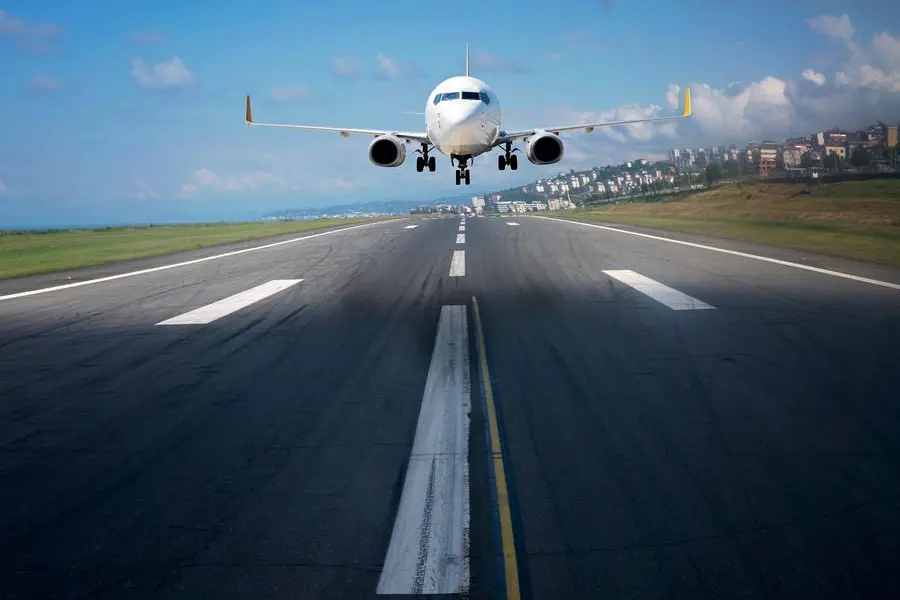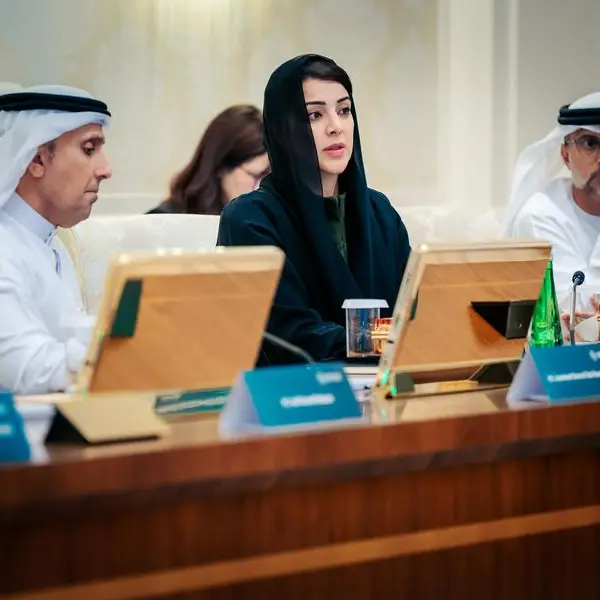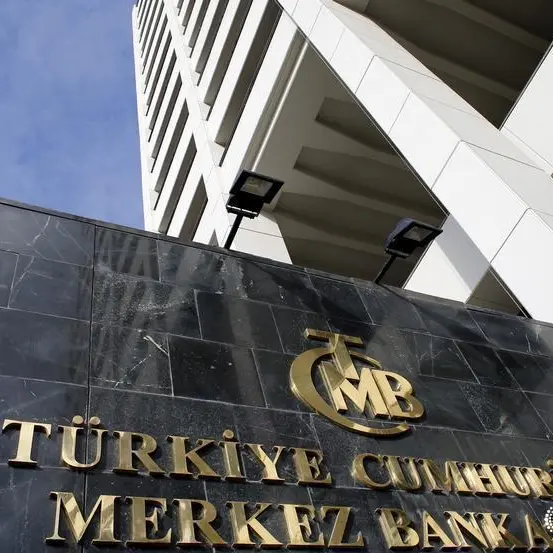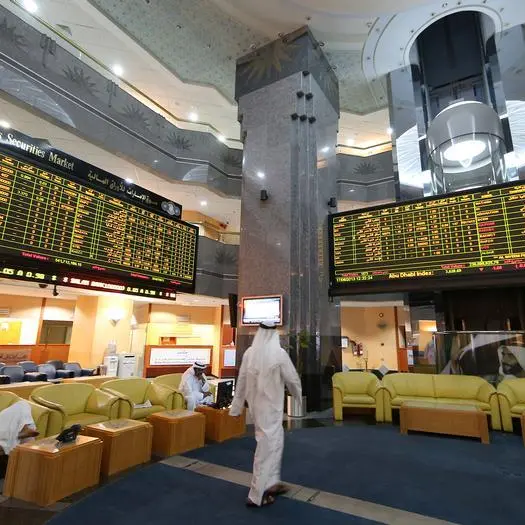PHOTO
Implementation of the first phase of the construction of Musandam Airport project (consultancy studies), refurbishment of the southern runway at Muscat International Airport, and updating the National Civil Aviation Strategy in line with Oman Vision 2040 are among the key goals in 2023 set by the Civil Aviation Authority (CAA).
At a press briefing, CAA officials spoke in detail on various projects underlying the robust growth of the aviation sector in the Sultanate of Oman with hopes that the aviation industry in the nation will fly high.
Strategic plans, achievements of the past year and plans for 2023 were all detailed at the briefing.
Eng. Nayef Ali Al Abri, CAA chairman, said: “The civil aviation sector in the Sultanate of Oman achieved satisfactory results in 2022 after the impact of the COVID-19 pandemic."
"The aviation sector witnessed a noticeable increase in terms of passenger traffic, freight traffic, and the number of inbound and outbound flights compared to 2021.”
Al Abri added: 'There was a significant increase in air traffic through Muscat International Airport during 2022, going up by 87 percent, as the number of flights reached 76,392. The number of passengers also grew by 129 percent as more than 8,602,000 passengers travelled through the airport, while freight traffic rose by 34 percent.”
The CAA chief said that the total revenues generated during 2022 was OMR72,043,292, an increase of OMR26,430,818 signalling a 58 percent surge. “We also witnessed an increase in the expense rate, which stood at about OMR221,000, comprising one percent compared to 2021,” he added.
Al Abri said that Sohar Airport witnessed a 28 percent increase in air traffic during 2022 and a 122 percent increase in the number of passengers. Duqm Airport witnessed a 37 percent increase in the number of passengers, while aircraft traffic decreased by 21 percent.
Open skies agreements
The CAA top official said: “There has been an increase in the number of open skies agreements over 2022, reaching 66 agreements with 122 countries. The total number of flight permits issued were 10,962.
The total air traffic in Oman during 2022 reached 470,809 flights, while the total number of aircraft crossing the Omani airspace reached 386,391 flights.
Al Abri added that the renewed aircrafts in Oman during 2022 stood at 83 airplanes while 11 new aircrafts were registered aircraft, and 83 licenses issued for drone activities.
Among the authority’s other achievements during 2022 were the adoption of the national plan for aviation safety, a project to install a hydrogen generator, establishment of an automatic meteorological station in the Wilayat of Barka, and identifying tsunami risk areas for the cell broadcast system.
Al Abri said: “Among the key projects this year are the implementation of the first phase of construction of Musandam Airport project (consultancy studies), refurbishment of the southern runway at Muscat International Airport, and updating of the National Civil Aviation Strategy 2040.”
As for the fares of air tickets, the CAA chief said “there are some incentives for citizens in the domestic flights, on Oman Air and SalamAir flights.”
He hoped for a new partnership between Oman Air and SalamAir, which may help in reduction of ticket prices.
Abdullah Rashid Al Khadouri, CAA director general of Meteorology, said: The ‘Muzn’ programme seeks to upgrade the early warning system, train the national human cadres technically and scientifically, and raise the efficiency, accuracy and quality of warnings, alerts, meteorological services and early warning.”
He added: “Among the programme’s new projects are the modernisation of the satellite system, numerical prediction system, the valley (wadi) overflow prediction project and the installation of Muscat radar, which is expected to be completed in May 2023.”
Mubarak Saleh Al Ghailani, CAA general supervisor of air navigation, said: The ‘Irtiqaa’ programme aims to raise the compliance rate in aviation safety and security indicators. The programme will develop air navigation by modernising air traffic management systems and improving air reconnaissance and communications systems.”
Hamid Ahmed Al Barashdi, CAA director general of strategic planning, said: “The ‘Ithmaar’ programme aims to enhance the investment field in the civil aviation sector, maximise the benefit from infrastructure and contribute to the gross domestic product.”
He mentioned that ‘Nomu’ or ‘growth’ programme is associated with the national strategy for civil aviation. It aims to review the civil aviation strategy in order to support its alignment with objectives of Oman Vision 2040 and the integrated planning between the components of the sector in a bid to raise the level of operational efficiencies, quality and traffic growth.
Zahraa Saif Al Manji, CAA director general of support services, said: “The ‘Kafa’aat’ or ‘competency’ project will help in building strategic partnerships with public sector institutions and government companies, and also develop human capacities in specialised jobs.”
Munira Mohammed Al Raisi, CAA director of information technology, said: “Digitisation programme aims to develop the digital transformation at the authority. There are several strategic objectives of the programme that include raising the ranking of the Sultanate of Oman in evaluating the e-services development index and ensuring the sustainability and continuity of the digital business environment within the authority.”
© Muscat Media Group Provided by SyndiGate Media Inc. (Syndigate.info).























